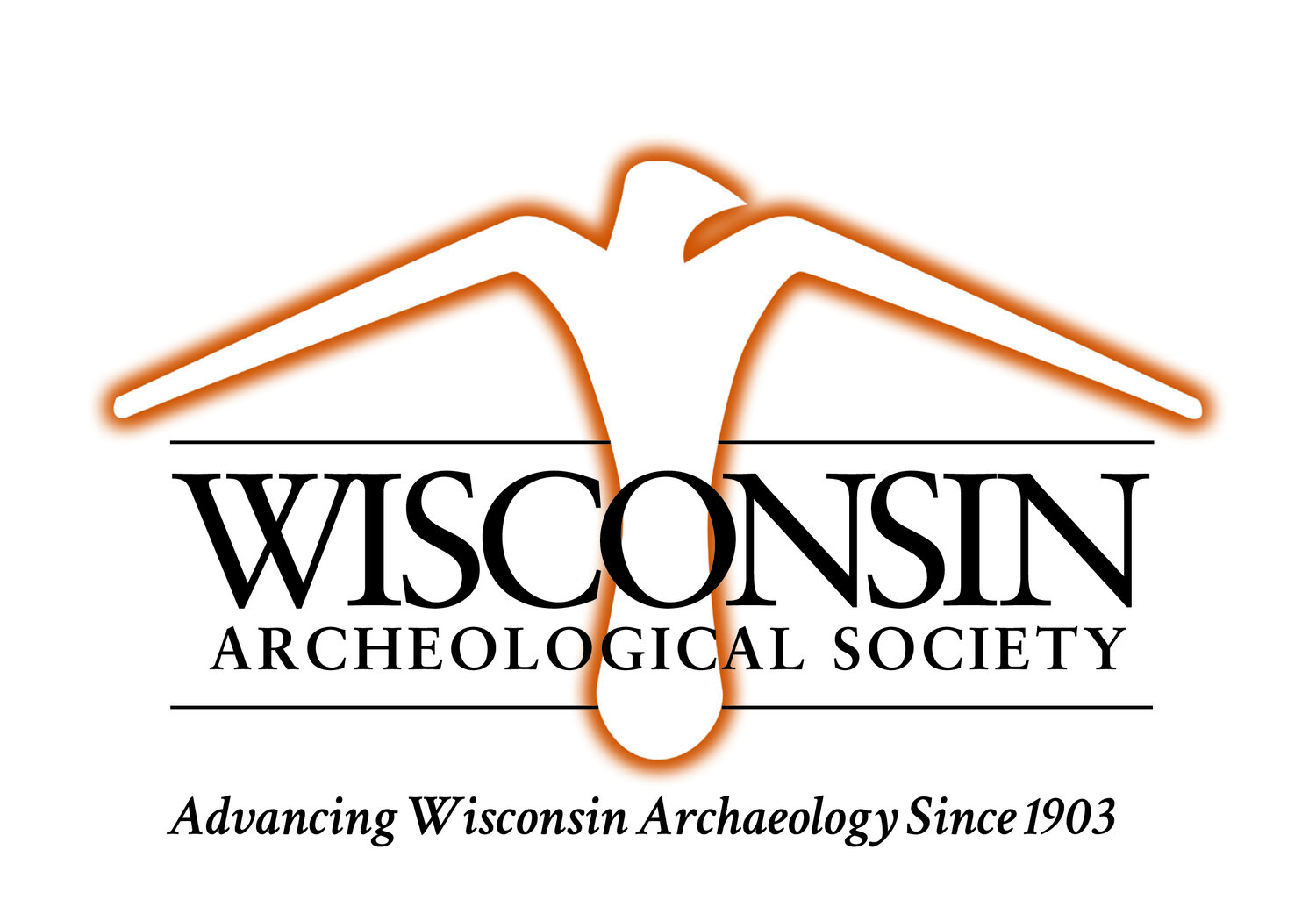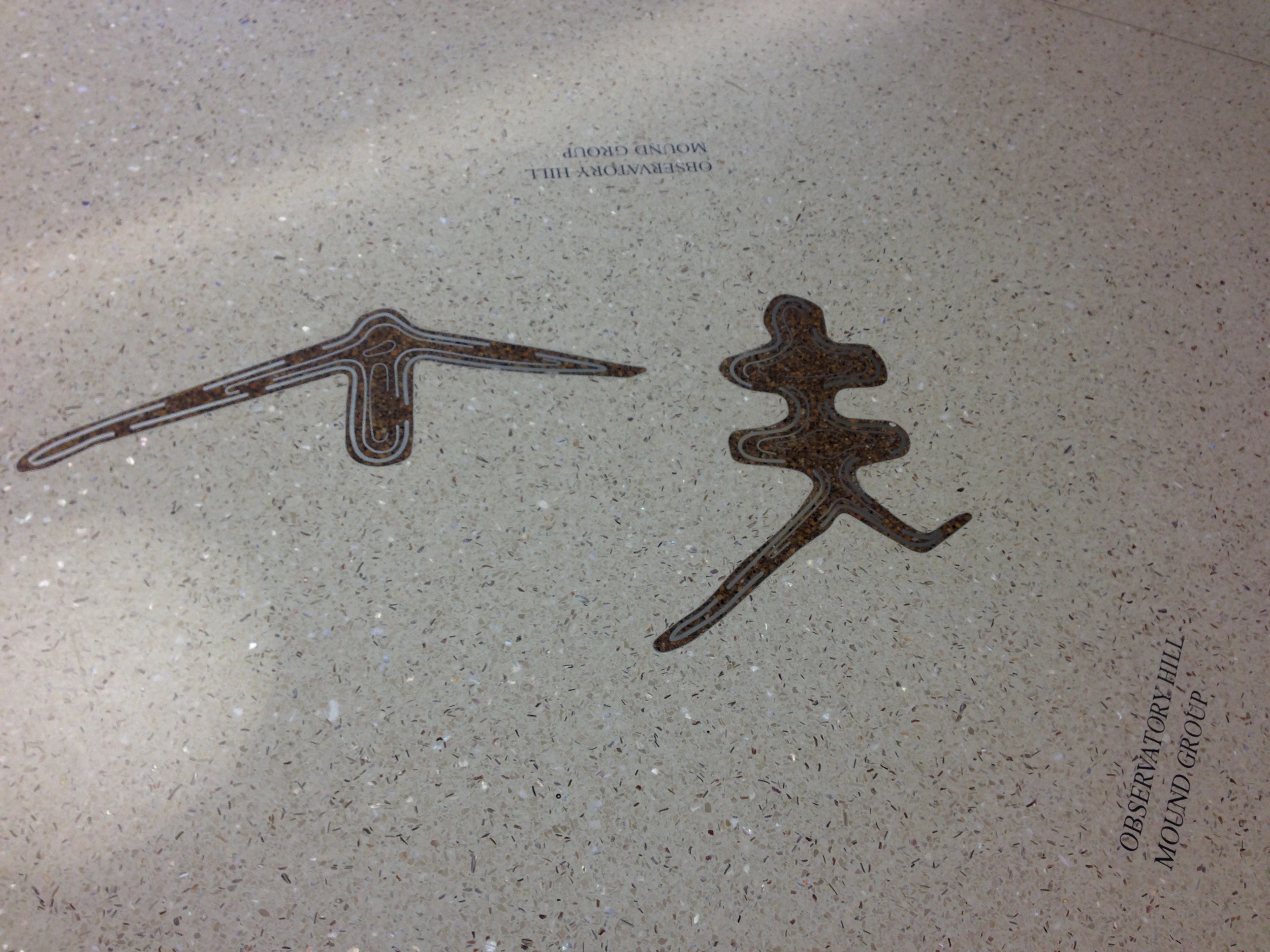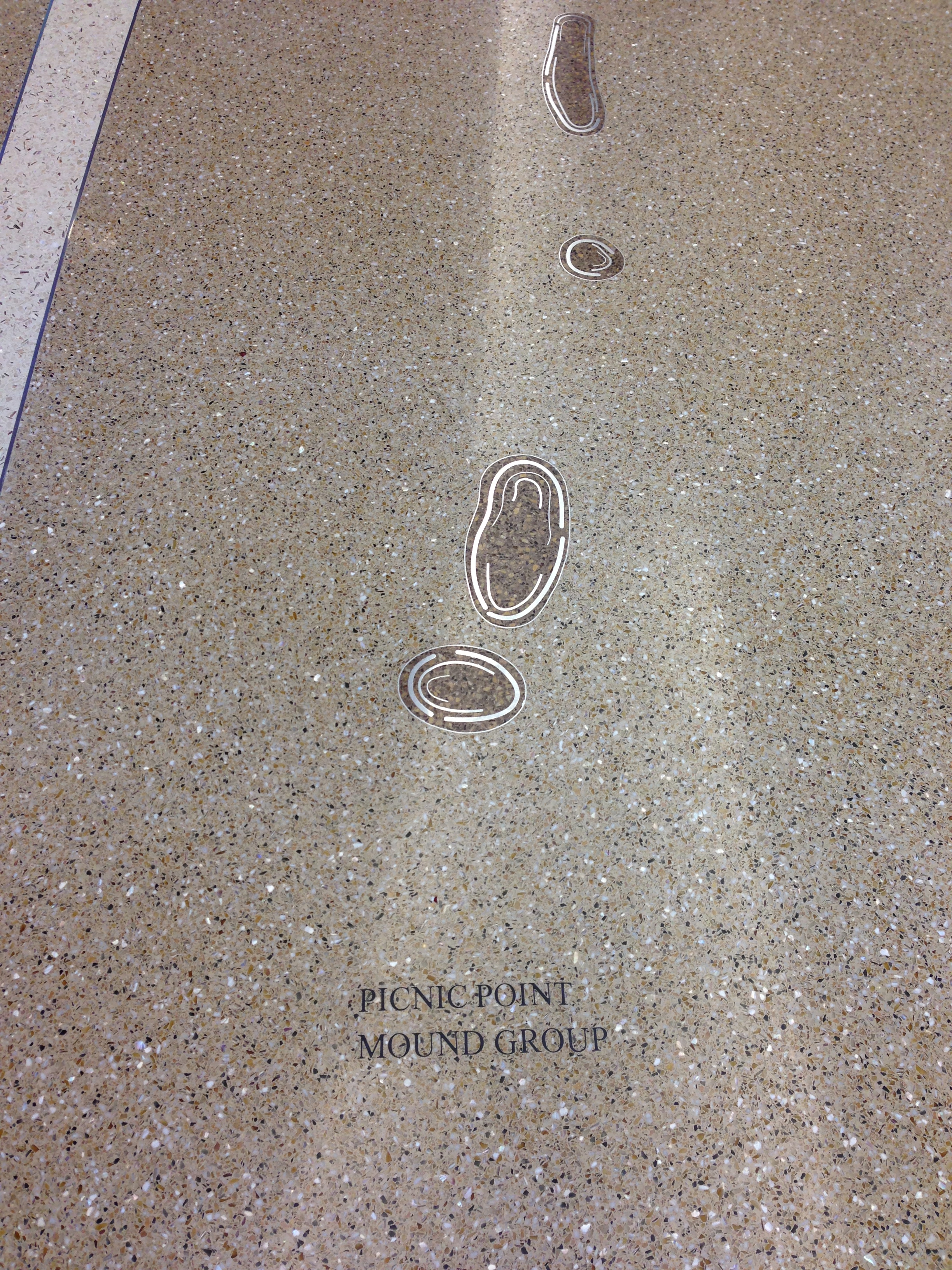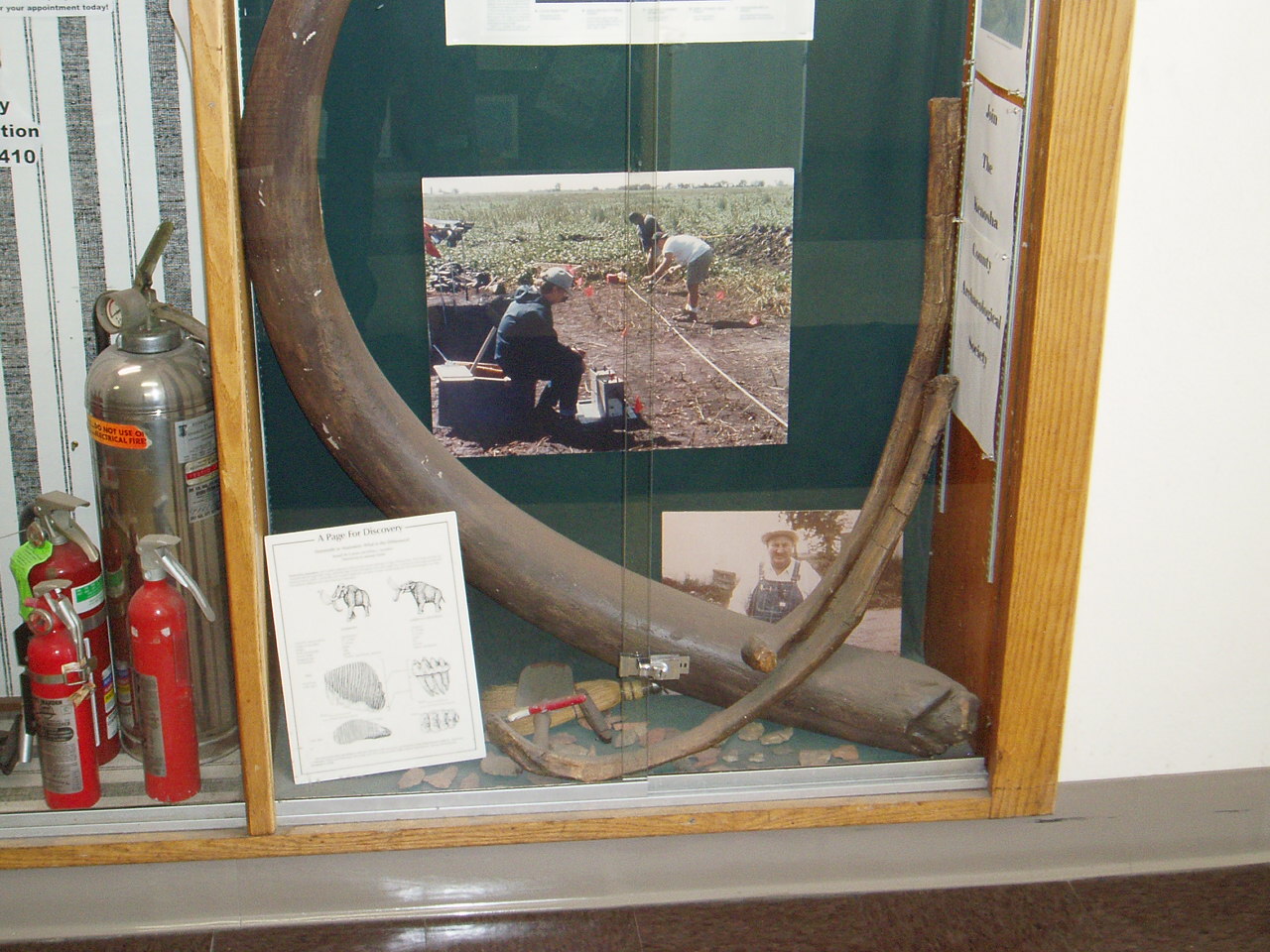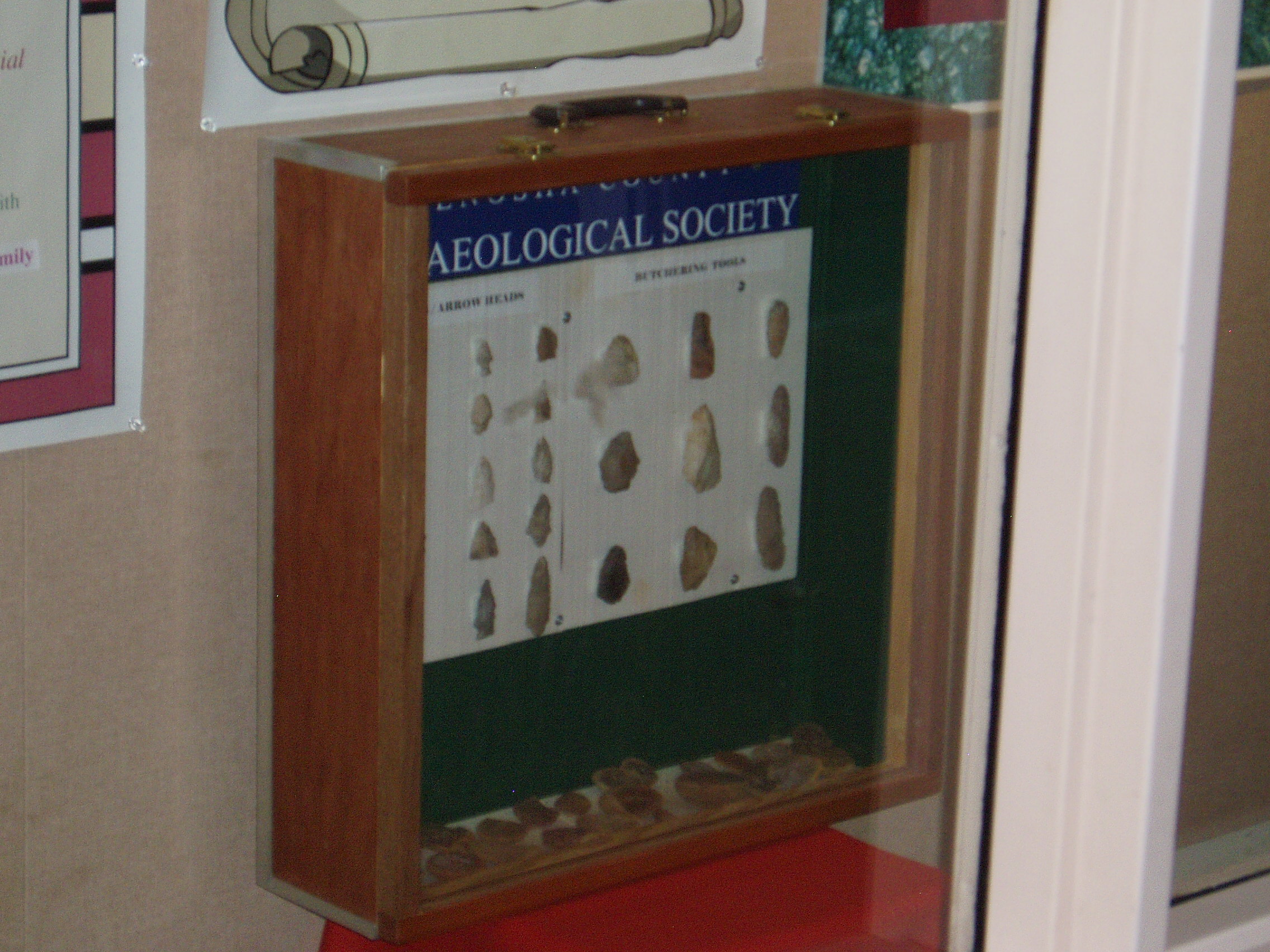New UW-Madison Residence Hall Highlights Mounds on Campus
/Adapted from the University of Wisconsin-Madison website
Dejope Residence Hall, formerly Lakeshore Residence Hall, is the Division of University Housing’s newest residence hall, opening in August 2012 and situated in the lakeshore neighborhood near Lake Mendota and next to the UW Gymnasium-Natatorium.
Dejope is the name that the Ho-Chunk and other American Indians have called the Madison area for thousands of years, meaning "Four Lakes" in the Ho-Chunk language. Learn more about naming of Dejope Hall here. An excerpt:
UW-Madison has many sites on campus where the archaeological record can still be explored and studied. There are more distinct archaeological sites at UW-Madison than on any other university campus. The best known and most visible legacies of past native peoples at UW-Madison are earthen burial mounds which are widely scattered across the campus, with four mound groups located close to Dejope Hall. The mounds probably served a number of purposes, but the most obvious use was as a place of burial. Mounds are considered to be human burial sites and are protected by law. Images of four mound groups [are] incorporated into the first floor terrazzo flooring at Dejope Hall, along with informational displays about them.
The 318,000 sq ft, $47.6 million residence hall features:
- Spacious double rooms in a cluster-style floor plan
- Breathtaking lake views
- Five floors, including four residential living floors
- Carpeted and air-conditioned resident rooms
- Eight marketplace dining venues in Four Lakes Market
- Convenience store
- Coffee shop & creamery
- Conference space
- Classroom space, on-site advising, Technology Learning Center (TLC), University Health Services (UHS) office
- Outdoor fire circle & terrace
- Beautiful outdoor green space on the shore of Lake Mendota
Photos by Jake Pfaffenroth
To submit a news story, send an email to contact@wiarcheologicalsociety.org with "News Submission" in the subject line.
